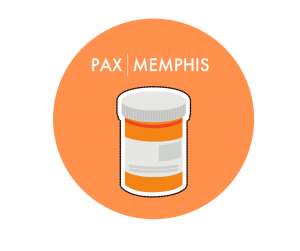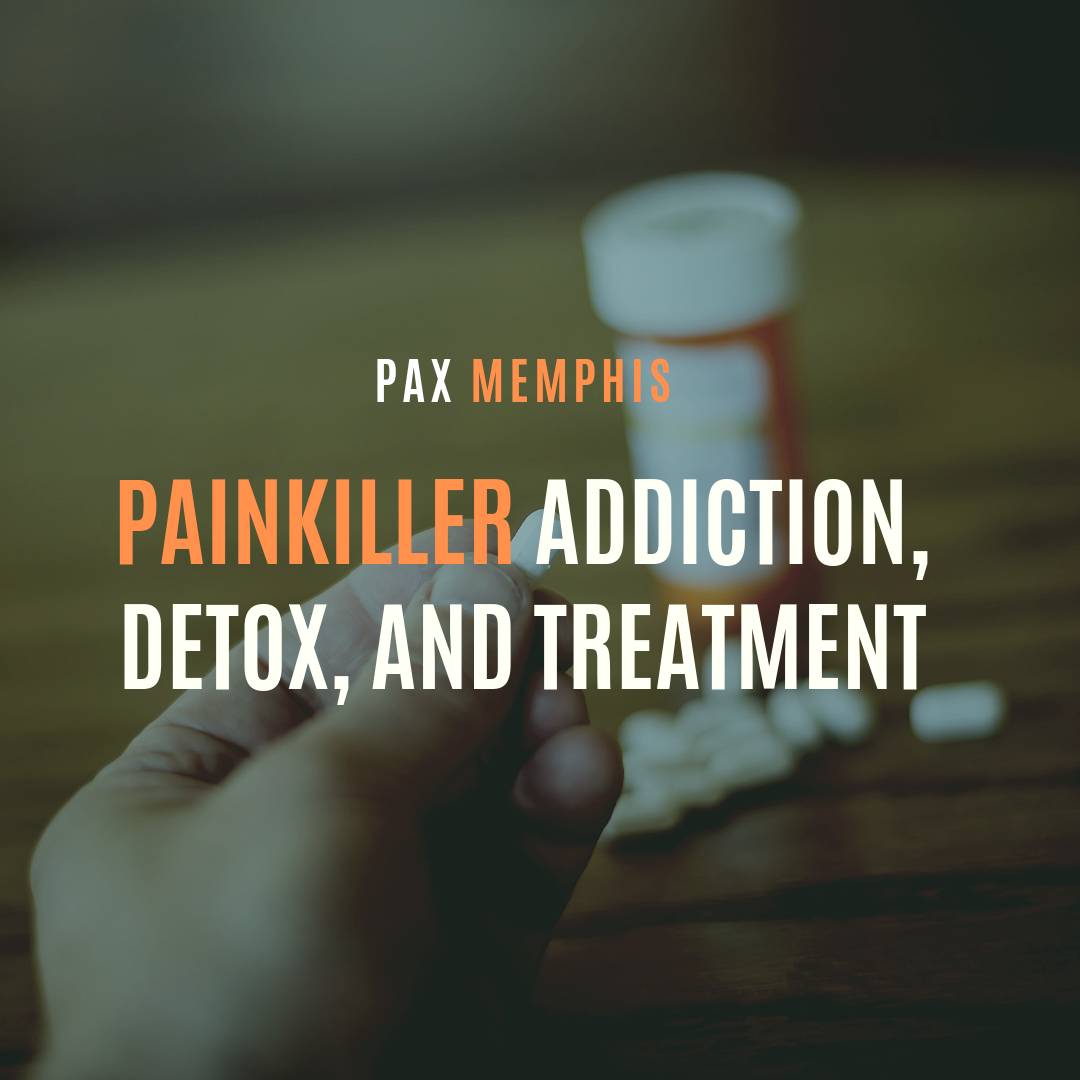Painkiller Addiction, Detox, and Treatment
Opiate painkillers are one of the most addictive substances. Despite the abuse potential of prescription painkillers, millions of prescriptions are written by physicians each year. With the euphoric, numbing effects produced by opiate painkillers, one can become addicted quickly.
 They’re easy to get, tempting to abuse, highly addictive, and can be deadly. The opiate epidemic is responsible for the deaths of thousands each year, making it crucial for those suffering to seek drug rehab sooner rather than later.
They’re easy to get, tempting to abuse, highly addictive, and can be deadly. The opiate epidemic is responsible for the deaths of thousands each year, making it crucial for those suffering to seek drug rehab sooner rather than later.
Prescription Painkiller Addiction
Opiate painkillers are prescription drugs that are derived from opium are used to treat mild, moderate, and severe pain. It is extremely
common for painkiller addiction to develop shortly after an individual is prescribed painkillers for an injury or chronic pain, as addiction can develop in a week or less. Even if the individual has no intention to abuse their prescription, they may find that, over time, the drugs become less effective. When this happens, individuals may decide to take more than prescribed and begin to build a tolerance to painkillers.
Increasing dosage of a medication can then lead to dependence. When dependence develops, a person may experience cravings and withdrawal symptoms. A person who is dependent on opiate painkillers will begin to feel as though they need the drug in order to feel normal. In addition, they may experience intense urges, or cravings, to take the drug regardless of any consequences that they may be facing.
Signs of Painkiller Addiction
Signs that indicate a prescription opiate addiction include:
- Prescription misuse: crushing, snorting, or injecting pills that are meant to be swallowed or taking more than prescribed.
- Doctor shopping: going to multiple physicians seeking prescription opiates.
- Behavioral changes: mood swings, lack of interest in regular activities, poor decision-making, depression, anxiety, and irritability
- Physical changes: constricted pupils, pale or clammy skin, increased itching, drowsiness, nodding out
- Tolerance: needing increasing amounts of a drug to produce the desired effects
Frequently Prescribed Opiate Painkillers
According to the National Institute on Drug Abuse, between 21-29% of patients who are prescribed opiate painkillers misuse them and 8-12% will develop a substance use disorder.[1] In 2017, more than 17% of Americans had an opiate prescription filled and 58 opiate prescriptions were written for every 100 Americans.[2]
“Tennessee is the third-ranking state for prescription drug abuse. Vicodin and Oxycodone are among the most abused.”
Among the most frequently prescribed opiate painkillers are:
- Codeine
- Hydrocodone (Vicodin, Lortab, Norco)
- Hydromorphone (Dilaudid)
- Oxycodone (OxyContin, Percocet, Roxicet)
- Meperidine (Demerol)
- Morphine
Even though these painkillers are recognized for their high potential for abuse, the CDC reports that the average number of days per prescription is continuing to increase.[2] With more painkillers being available per prescription, the likelihood of painkiller abuse and addiction may rise.
Opiate Withdrawal
When addicted to prescription painkillers, users may experience withdrawal symptoms if they stop taking them or reduce the dosage. Withdrawals occur because many bodily systems are altered when opiates are abused, so the body takes time to adjust to life without them. Opiate withdrawal is typically not fatal but can be extremely uncomfortable. Due to the discomfort during painkiller withdrawal and the mental anguish that one may experience, opiate withdrawal should never be attempted alone.
The severity and duration of opiate painkiller withdrawal will vary from person to person depending on a variety of factors.
- Presence of a co-occurring mental illness
- Length of time a person has been abusing painkillers
- Dose or strength of painkillers
- Age, weight, and overall physical health
- Previous experiences with opiate painkiller withdrawal
Symptoms of prescription painkiller withdrawal include:
- Runny nose
- Overactive tear ducts
- Excessive yawning
- Muscle aches
- Diarrhea
- Nausea
- Abdominal cramping
- Dilated pupils
- Goosebumps
- Cold sweats
- High blood pressure
- Shaking or tremors
- Insomnia
- Depression, anxiety, and irritability
These flu-like withdrawal symptoms are very unpleasant but usually begin to improve within 72 hours. The majority of symptoms will subside after a week, but a few less severe symptoms may continue for several weeks.[3]
Opiate Detox
Prescription painkiller detox can be so uncomfortable that many will continue taking opiates to avoid going into withdrawals. Fortunately, opiate detox in Memphis can help those who are addicted manage their withdrawal symptoms. Medical detox in a safe environment can lead to better chances of success.
Suboxone is frequently used during painkiller detox. It can be administered to patients to help alleviate their withdrawal symptoms and reduce cravings. Suboxone treatment can help individuals cope with their urges to use so that they can focus on their recovery. In cases where a person’s blood pressure is too high, clonidine can be used to reduce blood pressure, anxiety, and restlessness. By using detox medications in a professional environment, individuals suffering from painkiller addiction can complete detox as safe and comfortable as possible.
Undergoing opiate detox in a medical setting is ideal because it provides individuals with around the clock care. Addiction professionals in Memphis will ensure that patients are hydrated, comfortable, and have access to emotional support during painkiller detox. This will help individuals to successfully complete detox and prepare for drug rehab.
Treatment for Painkiller Addiction in Memphis, TN
Recovery from prescription painkiller addiction begins with detox, but achieving long term sobriety involves much more. A drug rehabilitation program can provide medication-assisted therapy, partial-hospitalization (PHP), and outpatient rehabilitation.
After detox, individuals will move to PHP where they will engage in 25 hours of group therapy and one hour of individual therapy each week. Drug rehab can help those suffering from painkiller addiction by uncovering the underlying causes of their substance use disorders and teaching them proper coping skills to live a sober life. After PHP, individuals are moved down to outpatient treatment to prepare them with life skills and aftercare.
Clinical care and medication-assisted treatment are considered the gold standard in addiction treatment today. With an individualized treatment plan and licensed addiction counselors, those suffering from painkiller addiction can receive the help that they deserve.
If you or a loved one is struggling with addiction to prescription painkillers, don’t wait any longer. Addiction specialists at PAX Memphis are eager and willing to help. We accept a wide variety of insurance plans because we believe that each and every individual deserves a chance at sobriety. Contact our drug rehab today for help with painkiller addiction.
Resources:
